HRG Transport
Invest in Limousine service (Uber/Careem Business Model) and Get up to 27% ROI with HRG Transport.
Fixed Returns with HRG Transport ROI Up to 27%
FOR A GREATER FUTURE
Schedule a Meeting in our office at Bay Square, Business Bay.
Our Clients




















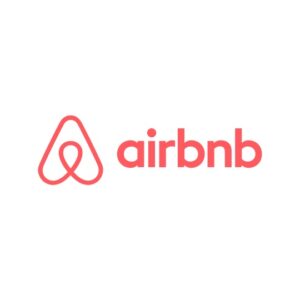
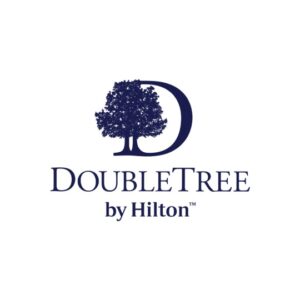






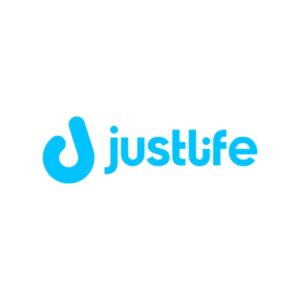
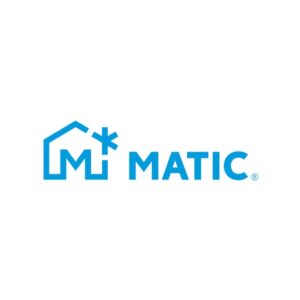





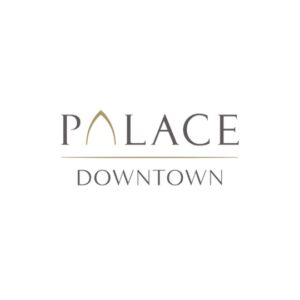

INVESTING IN
Uber/Careem Business Model
(ROI 22%-27%)
HRG Investments was established in 2011 and has grown into one of the largest providers of limousine service via the Uber and Careem applications. The company has a great reputation and operates not only in the B2C segment but also has strong tie-ups with luxury international hotel groups, banks and other corporations.

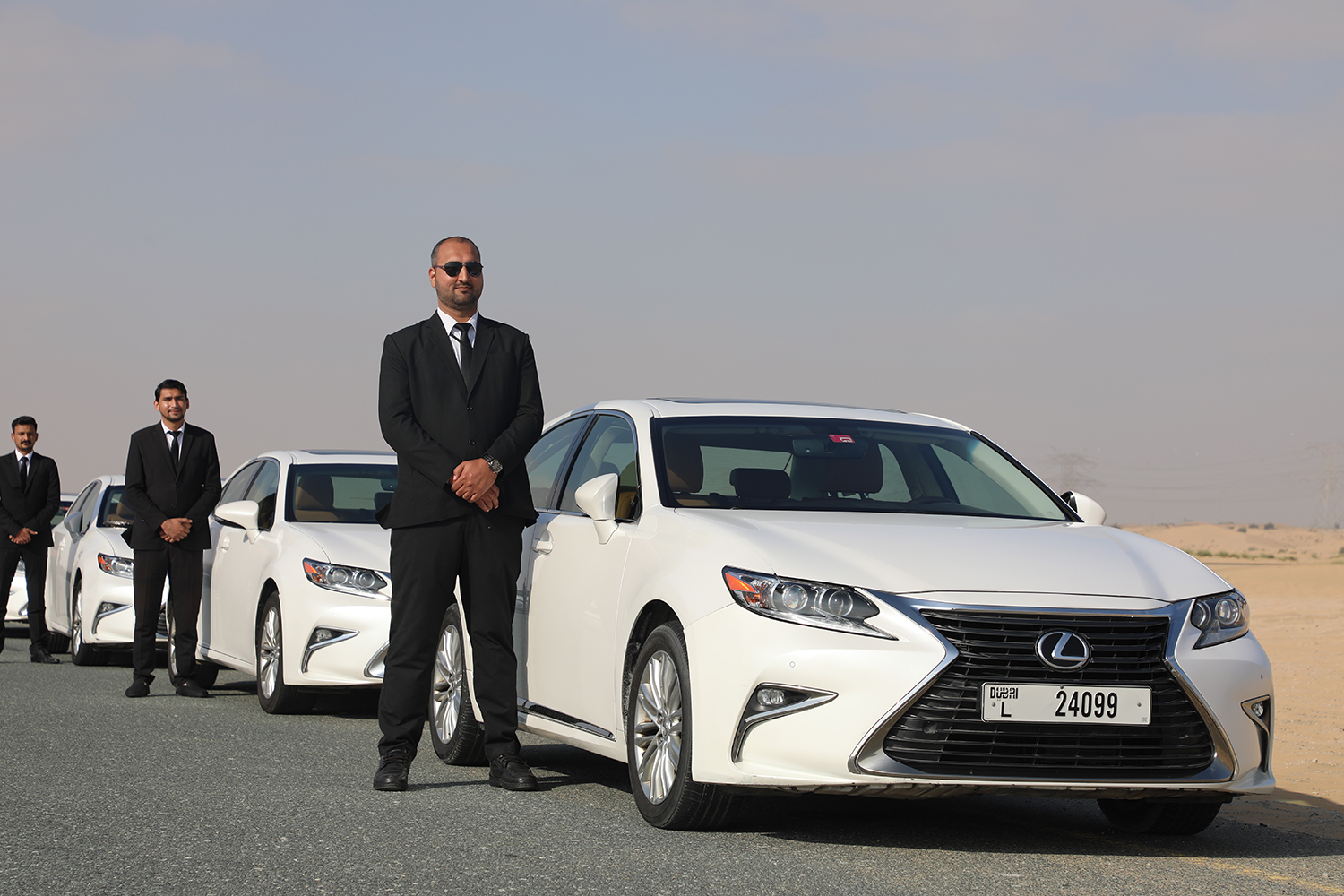
The company offers the opportunity to invest in luxury vehicles that will be operated by its team and will generate stable returns for the investor. The investment size of AED 487,500 which is allocated into 5 luxury vehicles under bank finance. The initial capital is 97,500 per vehicle would cover down payment to the bank, bank application processing fee, trac registration with RTA, comprehensive auto insurance, RTA deposits, Salik tag, employment package for two drivers per car and limo company start-up processing fee.
Annual gross revenue before expenses is 1.1 million per year for 5 cars. Annual net profit for the investor after all expenses is between 100 - 125,000 per year for 5 cars.
The monthly net profit scales up according to the number of cars requested. The investor gets an additional 10.000 per month for 5 cars from the 4th year until the end of the 5th year once the bank finance has been paid off.
Invest in Limousine Service
Invest in Limousine Service and get up to 27% Fixed Rental Income with HRG Transport.
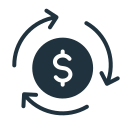
27% ROI

Monthly Return

Fully Managed By Experts

Asset Backed Investments
TESTIMONIALS
What People say






I have been effectively entrusting HRG with my investment over the years. They have a talented management team and counsel with a clear structure in place. This journey has been positive and has given me an extraordinary return on my investment, more than I anticipated!

Rushdi Arikat
Managing Director
Great experience, great customer relationship, even had them followup with me to ensure everything was alright when I forgot to cash in my cheques. Meets and exceeds the well known great customer experience within the UAE. Highly Recommend!

Abdulsatar ElFarra
Project Manager
Invested in HRG Static two years ago and have been consistently paid. The Group were great at guiding me through the company profile and licenses. Very professional and had great knowledge on the service industry. I have already re-invested and referred my friends and family to do the same! Best decision ever!

Noor Saleh
Regional Brand Manager
I have being looking for an investment that will give me passive income as I'm looking to retire. Got to know HRG Investment Group and allocated some funds 3 years ago. Professional team, strong management, and they are a diversified group with rich experience in their field. Highly recommend them!

Zeidan Abuhussein
Chief Executive Officer
Always been told not to hold my cash in the bank. I have placed some funds at HRG Investment Group to build on my passive income. Everything ran smoothly from start to finish and results began to show straightway.
They have been nothing short of great!

Rasem Alashqar
Sales Engineer
Very professional and experienced team, everyone was so helpful! Their service is one of the best in the industry, I would highly recommend them.

Daniel Edward
Project Manager
HRG’s Team of executives and analysts have worked together for almost a decade and recognize that dynamic markets demand a diligent approach. The research and analysis employed by HRG adds innovative concepts and external inputs to traditional financing methods, creating a more transparent and interdisciplinary investment process.
With this in view, HRG focuses solely on offering investment solutions to capture high momentum disruptive innovation within the services industry. Our clients can rest assured that their investments will be working in a highly scalable environment.
We at HRG ease and mediate the investment process for the client in order for his/her portfolio to expand over time. We also believe in complete transparency, which is why our team will guide you through the steps and require your involvement
Step 1- Understanding the client : The first and the foremost step of investment process is to understand the client or the investor his/her needs. After getting an insight of the goals and restraints of the client, it is important to set a benchmark for the client’s portfolio management process which will help in evaluating the performance and check whether the client’s objectives are achieved.
Step 2- Asset allocation decision: This step involves decision on how to allocate the investment across different asset classes, i.e. fixed income securities, equity, real estate etc. It also involves decision of whether to invest in domestic assets or in foreign assets. The investor will make this decision after considering the macroeconomic conditions and overall market status.
Step 3- Portfolio strategy selection: Third step in the investment process is to select the proper strategy of portfolio creation. Choosing the right strategy for portfolio creation is very important as it forms the basis of selecting the assets that will be added in the portfolio management process. The strategy that conforms to the investment policies and investment objectives should be selected.
There are two types of portfolio strategy.
- Active Management Process
- Passive Management Process
Active portfolio management process refers to a strategy where the objective of investing is to outperform the market return compared to a specific benchmark by either buying securities that are undervalued or by short selling securities that are overvalued. In this strategy, risk and return both are high. This strategy is a proactive strategy it requires close attention by the investor or the fund manager.
Passive portfolio management process refers to the strategy where the purpose is to generate returns equal to that of the market. It is a reactive strategy as the fund manager or the investor reacts after the market has responded.
Step 4- Asset selection decision: The investor needs to select the assets to be placed in the portfolio management process in the fourth step. Within each asset class, there are different sub asset-classes. For example, in equity, which stocks should be chosen? Within the fixed income securities class, which bonds should be chosen?
Also, the investment objectives should conform to the investment policies because otherwise the main purpose of investment management process would become meaningless.
Step 5- Evaluating portfolio performance: This is the final step in the investment process which evaluates the portfolio management performance. This is an important investing process step as it measures the performance of the investment with respect to a benchmark, in both absolute and relative terms. The investor would determine whether his objectives are being achieved or not.
The services sector (including real estate and business services, hospitality, transport, communication, personal and social services) is thelargest in Dubai’s economy, recording a share of 37.2% of total GDP.
Within Dubai’s services sector transport ranks first, accounting for 14.8% of Dubai’s GDP, followed by real estate and business services (14%), hospitality (5.5%) and personal and social services (2.9%), for the same period. The hospitality services sector however is the fastest growing sector for the last three years, up by roughly 15% on average.
According to the Dubai Statistics Centre (DSC), the total number of workers in the services sector increased at an average of roughly 13% per year to 776,670 workers representing 33% of Dubai’s total workforce. According to the 2020 Expo’s strategic objectives, an estimated 277,000 new jobs will be created over the next six years with 70% of this (or 193,900 jobs) directed to the services sector.
What you can do is to set your objectives on how you plan to use your investments after you know how what is your goal. One or more of the following objectives could be included in your goals:
- Protection for your family
- Retirement
- Education for your children
- Wealth Accumulation
Divide your goals into long-, medium-, and short-term targets. This will assist you in deciding what form of investment to make. For instance, if you want to send your child to study overseas in three years and need to save for tuition and living expenses, you’ll need a low-risk investment. Consider when you’ll need the funds, as this will assist you establish the investment’s time horizon.
The investor can enjoy stable passive returns as HRG handles the operations of the assets.
More About Us
With us, Find a new way to approach your investments, wealth & real estate management offered by one group of trustee experts.- +971 54 277 4444
